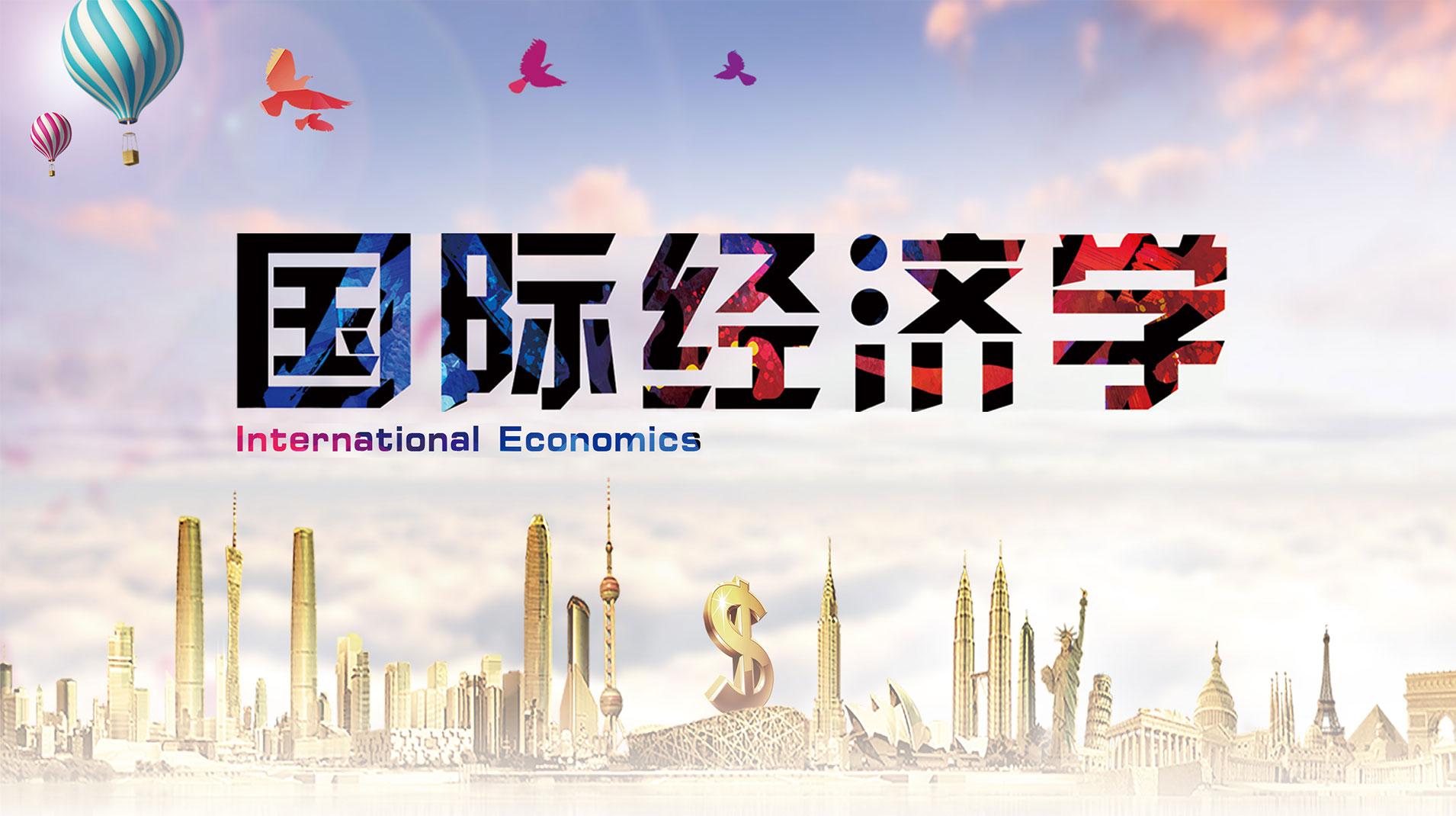第三章测试1.
Mercantilists believed that a nation would benefit from achieving
A:
an even trade balance
B:As much self-sufficiency as possible
C:A trade deficit, funded by loans from other nations.
D:a positive or favorable trade balance
答案:D
2.
The comparative advantage priciple was developed by
A:
Krugman
B:David Ricardo.
C:Samuelson
D:Ohlin
3.Adam Smith agreed with the mercantilists that if one nation gained benefits from trade its trading partner would lose.
A:错 B:对 4.
David Ricardo developed the principle of comparative advantage showing that
A:
even a nation that has lower productivity in all goods can benefit by exporting the item in which it is relatively less inefficient.
B:in a two-country example, only one nation can have a comparative advantage.
C:a nation must be the least-cost producer of a good in order to export that item.
D:no nation could have an absolute advantage in all goods.
5.If each worker in the United States can producer either 40 bottles of wine or 40 yards of clothing per hour and each worker in the United Kingdom can produce either 20 bottles of wine or 10 yards of clothing per hour
A:
the United States has a comparative advantage in wine production.
B:the United Kingdom has a comparative advantage in wine production.
C:the United Kingdom has the absolute advantage in both products.
D:Neither country can benefit by trading with the other.
6.It is possible for one nation to have a comparative advantage in everything and the other nation to have a comparative advantage in nothing.
A:对 B:错 7.
An indifference curve
A:
reflects the relative costs of production within a nation.
B:shows the demand preferences of consumers.
C:indicates how much labor a country has.
D:shows that most people really are indifferent about international trade.
8.A nation maximizes satisfaction by reaching the highest possible indifference curve, and in the absence of trade will produce where its production possibilities schedule is tangent to an indifference curve.
A:错 B:对 9.
The Ricardian theory of comparative advantage focuses only on supply or cost conditions, and ignores the role of demand in explaining trade patterns.
A:错 B:对 10.
If two nations of very unequal size trade with each other, the theory of reciprocal demand demonstrates that most of the gains from trade (a favorable terms of trade ratio) will go to the larger nation.
A:错 B:对 11.
In the Heckscher-Ohlin model, a nation's comparative advantage is based on
A:
the nation's relative endowments of productive resources such as labor and capital.
B:trade barriers such as tariffs and quotas.
C:consumer preferences.
D:distance from the nation's most important trading partners.
12.The factor endowments model predicts that international trade will tend to equalize the prices of tradeable goods among nations, but to increase the wage gap between capital-abundant and labor-abundant nations.
A:对 B:错 13.
Leontief's 1954 study of U.S. trade patterns, resulting in the Leontief paradox, found that
A:
the United States was trading more with distant than with near nations.
B:the United States was exporting mostly capital-intensive products.
C:U.S. trade volume declined even though U.S. GDP had been rising.
D:U.S. exports were labor-intensive compared with U.S. imports, even though the United States was widely regarded as a relatively capital-abundant nation.
14.Intra-industry trade theory
A:
assumes that transportation costs do not exist.
B:explains why countries export and also import differentiated versions of the same product, such as different types of autos.
C:ignores seasonal considerations.
D:explains why the United States might export autos and import clothing.
15.Industries in which economies of large-scale production are important
A:
encourage each nation to produce a full range of products within such industries.
B:tend to not participate in international trade.
C:provide additional cost incentives for specialization and trade.
D:reduce the potential gains from trade.

